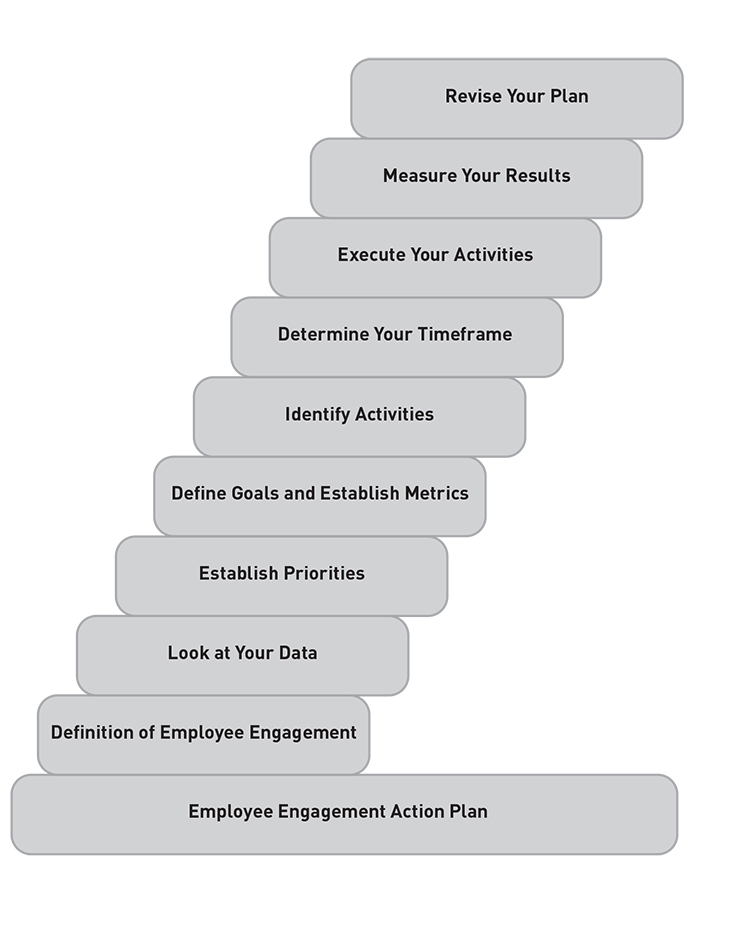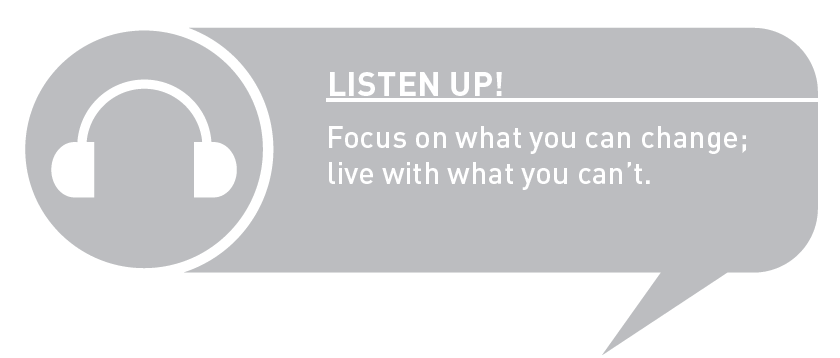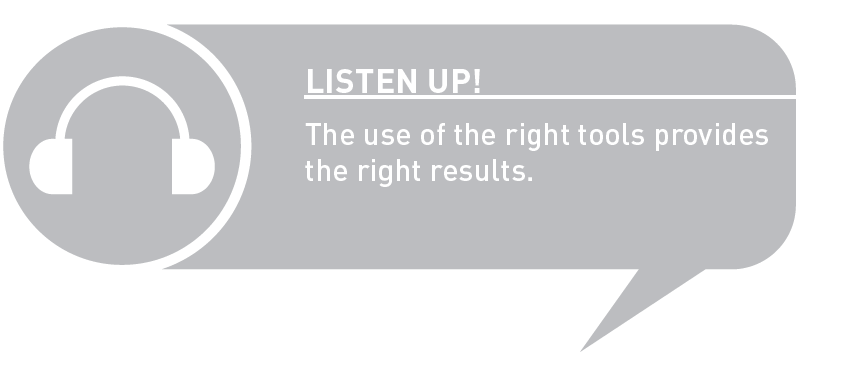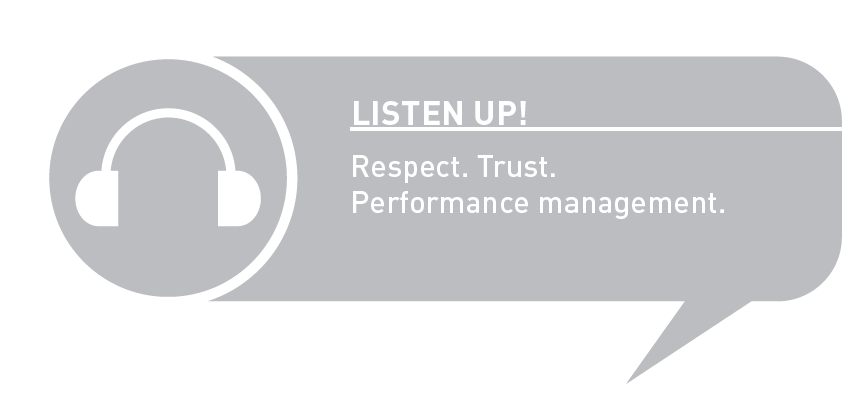Next Steps and Action Planning in Employee Engagement
Introduction
In the beginning of this book we invited you to join us in the journey toward employee engagement. Our journey together is about to end, but yours is just beginning. Let’s review what we have done and show you some options for where to go next.
We shared with you our definition of engagement based on our research and on our experience as practitioners. We presented those elements existing in organizations that propel engagement (drivers of engagement). We discussed statistics and trends to place our work and your company in a broader context. We explained the impact of employee engagement on the business and on employees. We defined organizational culture as well as individual differences within a culture and their role in employee engagement. We introduced the Engagement “I” Path’s steps and the Career “I” Path’s stages, with specific examples of employee behaviors and suggestions for what you should do and avoid as a manager. We expounded on your role as a manager throughout the book, but, most importantly, as a role model of engagement for your employees. We guided you to think about your company and about your own experiences and how those have an impact on your employees, by asking you to complete multiple exercises and to reflect about what we had just shared with you. We sprinkled each chapter with the “Listen Up!” notes, with ideas for you to stop and consider, and ended each chapter or section with Key Points and Takeaways for you to remember their major ideas. As we said before, “this is your book” and “someone is always watching.”
After reading all the other chapters (or those of most interest to you), and completing all the exercises and questionnaires that we included here, you have a different understanding of what employee engagement is all about. You also have collected valuable information about yourself and about your employees that will complement or supplement any information about employee engagement that your company has obtained and given you. You may also be asking yourself: Now what?
We will now help you answer that question.
Start Now and Think Ahead
We believe in using what you learn as soon as you learn it, so we invite you to think about what you can do about employee engagement starting tomorrow. As a reminder, everything that you do should be linked with business results.
Start now.
- Set up some time in your agenda to continue to learn more about the topic or about specific topics that caught your attention in this book.
- Start telling others (be specific!) about what you just learned to get them interested and involved in your efforts. Begin to build momentum.
Then, look at next week.
- Gather more information about employee engagement in your company.
- Spend more quality time with each one of your employees.
- Schedule a meeting with a C-level executive who could serve as the sponsor for your initiatives.
- Identify company-wide initiatives to foster employee engagement. Become their champion for your employees.
See what you could do next month.
- Complete the assessments included in this book for your employees and compare their results and your results.
- Collect data to prepare your action plan.
- Identify those top three dos and don’ts from either the Engagement “I” Path or Career “I” Path with which you will work and split them throughout the year.
- Help someone from your team to learn something new. Push experience.
Anything further in the future than next month is more an issue of action planning, which is the topic that we discuss in the next section of this chapter.
Action Planning
You may have heard this term before, but, just in case: We define action planning as a deliberate effort to organize what steps you will take to address the needs that you have already identified in your company, to accomplish a specific goal. Bringing it home, you have the goal of increasing engagement among your employees and, perhaps, among employees elsewhere in your company. Maybe you already belong to a division-wide or company-wide task force chartered to increase employee engagement and that is why you chose to read this book. Action planning will help you to translate your results into specific steps and activities that can have a direct impact on your employees and on your business.
Before we get into the details, let’s differentiate between strategy and activity. A strategy is the overall approach that you will follow to accomplish something. For example: You will have a participatory strategy to increase employee engagement because you want your employees to feel that their opinions matter.
In contrast, an activity is what you actually do to reach the employees and allow them to feel that their opinions matter. For example: You rotate who will design and lead your team meetings. It’s a way to share the work and prepare others for other roles.
We are glad that you have been reading our book, but we understand completely the need to do something with data and results, particularly when it comes to employee engagement. Collecting employee data and feedback and then choosing to disregard it or to do something completely different from what the data suggest can be totally counterproductive. In fact, in our experience, such decisions can lead to disengagement as employees lose faith in the process and become skeptical about the true value those managers at all levels (yes, including you) place on them as well as on their opinions. You can bet on, at the very least, having lower participation rates in future surveys and interviews and minimal collaboration in any initiatives because they may feel that their opinions are not valued or that senior management already knows what they will do, so the survey was just “to pretend to hear employees.”
In short, sound action planning and targeted frequent communication emphasizing what you learned and what you are doing about it will take you a long way toward promoting employee engagement in your company. A reminder: Days only have a finite number of hours and you still have to perform your role as a manager, so you do not have to do everything at once.
We promise to keep it simple.
Steps to Action Planning
We see the steps in action planning as the steps on a ladder as Figure 3 presents. We will delve into each one of those steps separately, starting with the first step or the bottom of the staircase.
It all begins with your definition of employee engagement, because this definition is the foundation of what you will do. We invite you to go back to your definition and to your company’s definition; consider revising your definition based on what you learned throughout the book. Take your time.
After you review your definition and your company’s definition of employee engagement, look for similarities and differences between them. Examine the data that you have available about yourself and about your employees.
Here is where any employee surveys come in handy as well as the results of the questions and questionnaires that you completed in other chapters of this book. See what your data tell you and how your definition and your data match. What is missing?
Figure 3 Steps in Action Planning

Which one will you tackle first? Yes, priorities are the next step. You need to determine what to do first, second, third, and so on. Just like you do when you decide how you will organize your work every day, consider what is critical, what is important, and what is nice to have. Connect them to the priorities of the business.
After you establish your priorities, you will need to define goals to address those priorities and to establish metrics. We invite you to be specific and to quantify those goals as much as possible. You may want to use the SMART (Specific, Measurable, Attainable, Realistic, and Timely) model. For example, say “increase employee engagement scores by 5 percent by next survey” instead of “increase employee engagement.”
Now you need to look at what activities you will do to meet those goals. Let’s say that you decide to communicate more, and more often as a means to “increase employee engagement scores by 5 percent by next survey.” Again, make it specific. For example, say, “hold four quarterly meetings with all employees” instead of “have more meetings with all employees.” Or, “publish employee newsletter monthly” instead of “publish employee newsletter.”
After you define your activities, you need to determine the timeframe in which you will complete them and who will complete them. For example, you may want to hold quarterly meetings in March, June, September, and December. If you want to increase employee participation, you may decide that you will plan and conduct the meeting that will take place in March, while Pamela will do the same for June’s meeting, George will take care of September’s meeting, and Alex will handle December’s meeting.
The next step will be to execute your activities. For example, did you complete them as scheduled? Why or why not? Did you have to change any resources to complete them?
You also need to measure the results of each one of the activities. Relax—you do not need to come up with complicated questionnaires to do this. A simple evaluation form with a few basic questions would be an appropriate start; such as: What did you like best/least about (the activity)? What would you do differently? Should we continue to have activities like this one in the future? You may also ask your employees to share their thoughts as an item on a meeting’s agenda.
After you measure your results, you need to act on what you learn from those results and, very likely, revise your plan accordingly. Yes, it’s time to go back to the drawing board of action planning. For example, if your survey respondents said that the quarterly departmental meetings are not useful because they are too long and do not allow time for valuable interactions between employees, you may want to consider what to do with them. Eliminating those meetings may not be the best idea, but you may want to redesign the meetings and mentor the employees who will plan and execute those meetings while they learn what they need to do.
Of course, your life will be easier when you articulate your plan on a document that you can use to track your progress. In the next section we present exactly such a tool.

A Tool to Set Up Your Action Plan
The best solution is usually the simplest solution, so we suggest the following structure for your action plan. You can use either a regular table created using word processing or a spreadsheet. Worksheet 10.1 presents a sample for you to begin to put your thoughts in writing. We will discuss each one of the different sections of the table separately.

Worksheet 10.1 Sample Template for Action Plan
| GOAL: INCREASE EMPLOYEE ENGAGEMENT BY 5 PERCENT BY THE NEXT SURVEY | ||||||
| Action 1: Communication. | ||||||
| WHAT WILL WE DO? | HOW WILL WE DOIT? | WHO´S RESPONSIBLE FOR DOING IT? | WHEN DO WE NEED TO DO IT? | WILL WE MEASURE WHAT WE DID? | HOW MUCH WILL THIS COST US? | PROGRESS NOTES |
| Publish quarterly newsletter | Design the newsletter | Patrick, Lead, and Sam | March, June, September; December | Yes/No | 30 hours | |
| Collect writings from employees | Two months before publishing | Yes/No | 23 hours | |||
| Revise writing | One month before publishing | Yes/No | 8 hours | |||
| Prepare draft | Day 5 | Yes/No | 4 hours | |||
| Review draft | Day 10 | Yes/No | 3 hours | |||
| Publish | Day 20 | Yes/No | 2 hours+ $200 | |||
| Distribution | Day 25 | Yes/No | 2 hours | |||
Let’s look at what you should include under each column.
Goal: Write which specific employee engagement goal you will address. Yes, you may have only one goal but many actions to address it; or many goals and many actions to address each goal. We said we would keep this simple, so we will use one goal with one action in our example.
Action 1: Write what general action you will take. Think about general areas, such as communication, learning and development, special projects, or senior management.
What will we do? Describe each activity that you will complete related to your action. Remember to include various activities depending on the needs of each one of your employees as well as of your team. Incorporate some learning and development activities and optimize available resources throughout your company. Personalization works.
How will we do it? Describe each step that you need to complete to execute each activity. Break it down into manageable chunks, preferably of less than a week.
Who’s responsible for doing it? Who will be completing each step or the entire activity? You do not need to do everything yourself; it’s time to delegate and develop others. Social integration develops good relationships.
When do we need to do it? This is your timeframe to complete the activity. Be as specific as you can with the dates. Most importantly, make sure that they are realistic considering all the other demands of your role as a manager.
Will we measure what we did? You can obtain useful information from very simple indicators. For example, you can see if a task was completed with a statement like: “activity completed yes/no;” or how participants responded to an activity by asking: “Should we do (name of activity) again?”
How much will this cost us? You need to determine the costs of the activities in terms of time, resources, and funding. Based on this information, you will be able to make the best decisions about which activities will be best suited to reach your goals. You will also be able to seek any additional resources that you may need. Remember to convert person-hours to cost per hour even when depending on regular employees as resources for your activities.
Progress notes: Write any comments about what is happening and any details that you may wish to remember later. For example, “Activity X was postponed because priorities changed.”
After establishing your priorities and putting together your action plan, you are ready to begin to execute your plan. Most importantly, you as a manager are now ready to be a stronger employee engagement role model. We said it: It’s an ending and a beginning.
We will close this chapter with some key points for you to remember and some takeaways for you to review what you learned by reading this book.
KEY POINTS AND TAKEAWAYS
-
Use what you learn as soon as you learn it.
-
Link everything that you do to business results.
-
Tell others about what you learned and begin to build momentum.
-
Become a champion of employee engagement initiatives for your employees.
-
Help others to learn something new.
-
Act on results and feedback quickly. They will notice.
-
Remember engagement is individual.
-
Role model learning and development. Get others involved.
-
Seek what is meaningful to your employees individually and as a group.

Final Thoughts
This chapter marks an ending and a beginning for you as a manager and for us as authors. We wish that our paths will cross again as we continue to learn about employee engagement and to build on what we shared with you throughout these pages. We encourage you to:
- Belong.
- Learn.
- Be remembered.
- Be engaged.
The question is the answer. Enjoy the journey.
Norma and Wanda
